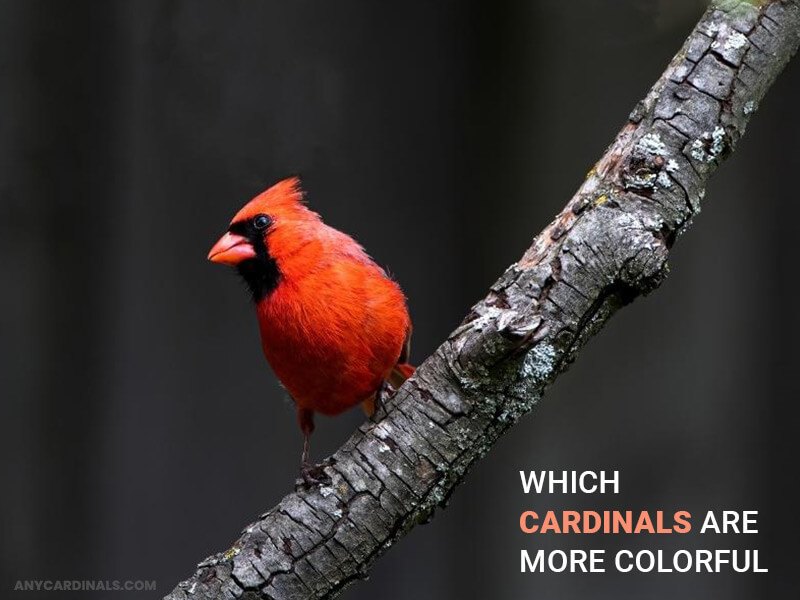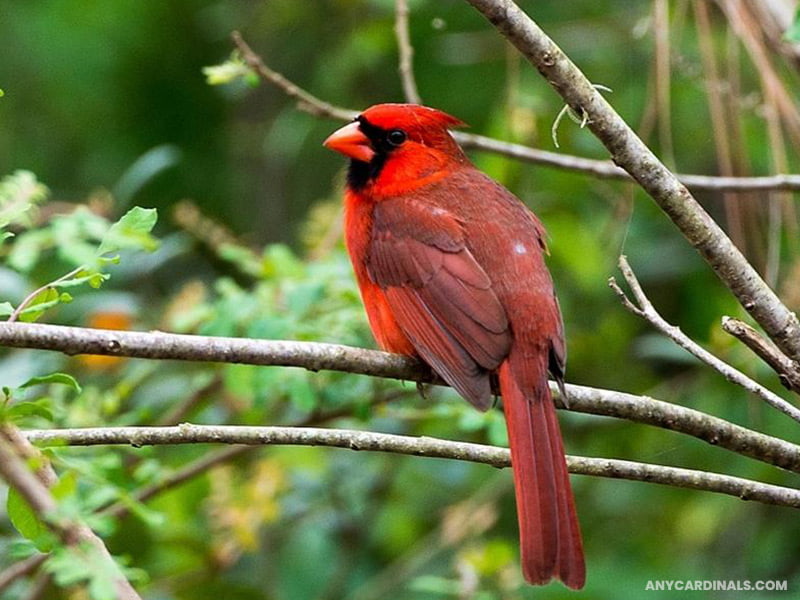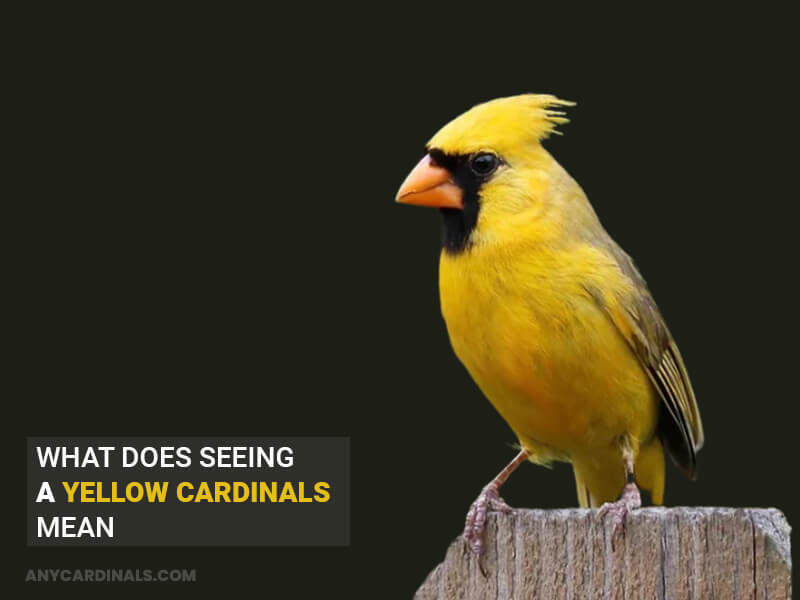Are There Different Colored Cardinals?
Cardinals are such bird types that never fail to draw birders’ attention with their beautiful plumage. Their bright red colors make bird watchers spend countless hours in the woods exploring them. But is red their only color, or are there different colored cardinals? Let’s find out.
Aside from red feathers, cardinals have yellow, pale brown, white, and orange plumages. But some people have claimed about witnessing blue and black colored cardinals too. So, do they really exist?
In this content, we have revealed whether such colored cardinals exist or not and also shared all the related information about their plumage colors. Hence, if cardinals are your favorite bird, you should give this article a thorough read.
Check out these related blogs:
Why Are Some Cardinals Different Colors?
Cardinals have different colored plumage. The reason behind their varied colored feathers lies in their diet. Some cardinals consume seeds and fruits to develop red plumage.

Some cardinals eat insects to grow yellow feathers, whereas others consume a mix of both food types to achieve orange and brown-colored feathers.
They activate their bodies’ chemical compounds like melanin, porphyrins, and carotenoids by consuming such food. And these chemicals help them achieve different colored plumage.
Which Cardinals Are More Colorful?
It really depends on what you mean by colorful. If you mean which type of cardinal has more colorful plumage, then the northern cardinal is more colorful.
However, if you mean which type of cardinal has a brighter red color, then the Vermilion cardinal is more colorful.

Cardinal colors can also depend on the individual bird. Some northern cardinals may have vibrant red plumage, while some Vermilion cardinals may be more orange than red. So it really varies from bird to bird.
How Many Different Colored Cardinals Are There?
Cardinals’ mainstream colors are red and gray, but they are also available in yellow, white, and golden/brown colors. However, many people have claimed about witnessing blue cardinals, but in reality, they don’t exist.
Cardinals & Their Different Feathers’ Colors: How Do They Get Their Feathers’ Colors?
Cardinals develop a wide variety of plumage and what helps them gain various colored feathers is the pigment molecules.

FYI, pigments are available in both plants and animals, and this substance is categorized into three different groups: carotenoids, melanin, and porphyrins. Let’s learn everything about them.
01. Carotenoids:
Plants primarily produce carotenoids; hence, birds get this chemical compound when they eat plants. In essence, carotenoids can yield red, orange, or bright yellow colors.
And by combining with melanin, this substance can create beautiful colors like olive green.
02. Melanin:
Aside from birds, melanin is also present in humans and plays a significant role in making hair and skin color. Melanin can create varied colors ranging from black to brown and even reddish browns.
This substance helps birds keep their plumage sturdy, healthy, and in good shape.
03. Porphyrins:
Porphyrins are infrequent and found in quite a few bird species. This substance can create colors like red, pink, and green.
So, these three pigments help cardinals achieve their feathers’ colors. Usually, male cardinals get their red plumage by eating seeds, while female cardinals also achieve their brown feathers by consuming plant-based food.
But, yellow and white cardinals go through genetic mutation, and they lack the enzyme that works behind developing the red plumage.
Can Cardinals Be Green?
Some people believe that cardinals can be green, but no scientific evidence supports this claim. Cardinals are typically found in red, yellow, white, and golden coloration. However, some cardinals have been reported as being different colors, including green.
And there are several possible explanations for why some cardinals may appear to be green. One possibility is that the bird has a genetic mutation that causes it to produce less of the pigment that gives cardinals their red coloration.
Another possibility is that the bird is experiencing a temporary change in coloration, which can occur when birds are exposed to a new environment or diet.
Whatever the cause, there is no scientific evidence that cardinals can naturally be green. If you see a green cardinal, it is likely that the bird is experiencing some sort of abnormal condition.
What Does Seeing A Yellow Cardinals Mean?
Some believe that seeing a yellow cardinal is a sign of good luck, while others believe it is a sign of wealth and prosperity.

Some also believe that yellow cardinals represent hope and new beginnings. No matter what your beliefs are, there is no denying that seeing a yellow cardinal is a truly special event.
Frequently Asked Questions:
Why Are The Northern Cardinals Yellow?
Researchers believe that it’s due to a genetic mutation. The yellow plumage is passed down from the mother cardinal to her offspring in most cases. So, if you notice a yellow cardinal, it means the bird’s mom might have a yellow plumage, too.
Is There A Blue Cardinal?
No, there is no such colored cardinal. Hence, if someone tells you about spotting a blue cardinal, you need to understand that he or she might be lying.
Is There An Orange Cardinal?
Like blue cardinals, orange Cardinals also don’t exist. However, there are some rare occasions where a cardinal may have a mutation or changes in diet that causes it to be orange in color. These orange Cardinals aren’t a separate species from the red cardinals.
What Color Is A Female Cardinal?
The color of a female cardinal is typically pale brown with reddish tinges in the wings, crest, and tail. Also, they have a red-orange bill and the same black face as male cardinals.
Final Words:
Cardinals come with various colored plumage, making them attractive to look at for an extended duration. Alongside their feathers, their traits are also a major draw for many bird watchers around the globe.
Anyway, these are all about different colored cardinals. We hope our gathered information from various sources can provide you with what you were looking for. If it did, you may follow us on Facebook, Twitter, and Pinterest and comment down below your valuable opinions regarding this article.

